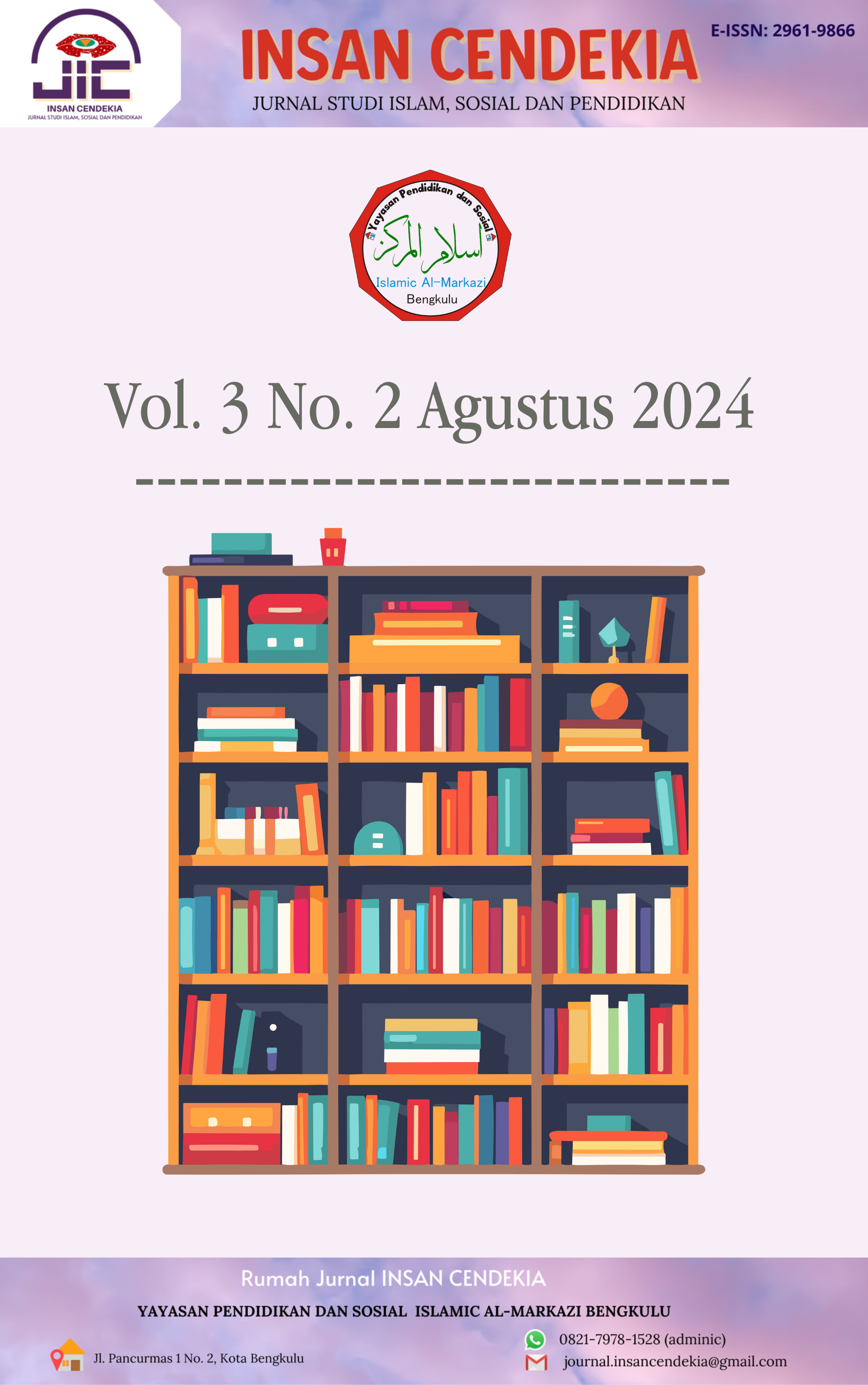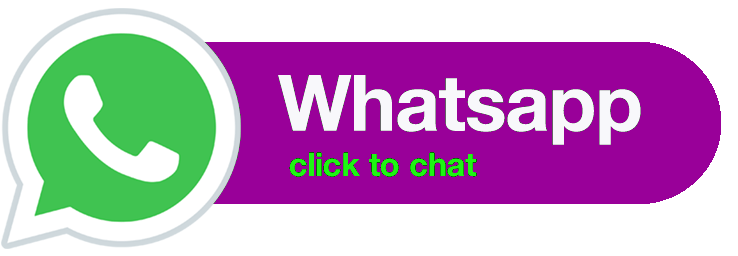PELAKSANAAN PELATIHAN KETERAMPILAN PENGGUNAAN TEKNOLOGI DALAM MENGAJAR UNTUK MENGEMBANGKAN PEMBELAJARAN YANG INTERAKTIF DAN INOVATIF
Keywords:
Skills training, Technology, Interactive learning, Innovative learningAbstract
Integrating technology into the classroom is critical to increasing student engagement and instructional effectiveness. In the current digital era, educators are required to be proficient in mastering subject matter and technological tools, such as virtual reality and augmentation (VR/AR), online learning management systems (LMS), interactive whiteboards, and educational applications, to create a dynamic educational environment. . The training program implemented in this case uses an experimental learning approach, combining theoretical material with practical sessions. Participants engage in teaching simulations, role-playing, and micro-teaching, followed by feedback and reflection. Supporting activities include group discussions, team work, and case studies. Evaluation and assessment measure participants' understanding and application of skills. The results of this training improve participants' technology skills, enabling them to use technology to improve the quality of teaching. Participants learn from experienced speakers, apply new skills in real-world settings, and develop innovative teaching strategies. This leads to higher student engagement and better learning outcomes through interactive learning materials and cooperative learning environments. So the conclusion from implementing this program is that it can improve teaching abilities with an increasingly positive impact on student learning conditions.
References
Bates, A. W. (2015). Teaching in a Digital Age: Guidelines for Designing Teaching and Learning. Vancouver, BC: Tony Bates Associates Ltd.
Ertmer, P. A., & Ottenbreit-Leftwich, A. T. (2010). Teacher Technology Change: How Knowledge, Confidence, Beliefs, and Culture Intersect. Journal of Research on Technology in Education, 42(3), 255-284.
Hakim, M. A. R., & Serasi, R. (2021). Rekonstruksi Model Pengajaran Blended Learning Pada Program Studi Tadris Bahasa Inggris Sebagai Salah Satu Solusi untuk Sistem Pembelajaran Daring di Masa Pandemi Covid-19. Bengkulu:CV.Zigie Utama
Hakim, M. A. R., Sari, E. A., Rizal, S., Revola, Y., & Astari, A. R. N. (2022). Integration of Google Classroom Inference Strategy as Blended Learning Media Toward Islamic Senior High School Students' Reading Ability. Al-Lughah: Jurnal Bahasa, 11(1), 54-71
Haleem, A., Javaid, M., Qadri, M. A., & Suman, R. (2022). Understanding the role of digital technologies in education: A review. Sustainable operations and computers, 3, 275-285
Johnson, L., Adams Becker, S., Estrada, V., & Freeman, A. (2015). NMC Horizon Report: 2015 Higher Education Edition. Austin, Texas: The New Media Consortium.
Koehler, M. J., & Mishra, P. (2009). What Is Technological Pedagogical Content Knowledge (TPACK)? Contemporary Issues in Technology and Teacher Education, 9(1), 60-70.
Kolb, D. A. (2014). Experiential learning: Experience as the source of learning and development. FT press
Kurniawan, Y. S., & Hakim, M. A. R. (2024). Pemanfaatan Media Pembelajaran Interactive Flat Panel Display (IFPD) dalam Pembelajaran Bahasa Inggris untuk Mahasiswa Program Studi Perbankan Syariah. Jurnal Pendidikan Tambusai, 8(1), 11326-11341
Morris, T. H. (2020). Experiential learning–a systematic review and revision of Kolb’s model. Interactive learning environments, 28(8), 1064-1077
Revola, Y., Hakim, M. A. R., Serasi, R., & Sari, M. D. P. (2023). Implikasi Pelaksanaan Program English Language Teachers Training (ELTT) Pada Kompetensi Pedagogik Pengajar Bahasa Inggris Madrasah di Bengkulu. EDUKATIF: JURNAL ILMU PENDIDIKAN, 5(5), 2008-2018
Selwyn, N. (2014). Digital Technology and the Contemporary University: Degrees of Digitization. London: Routledge
Suhartatik, S., Pusparini, I., & Hakim, M. A. R. (2020). The Development of Virtual Media Based Power Point Presentation (PPT) in Intermediate Speaking in Ikip Budi Utomo Malang. International Journal of Multicultural and Multireligious Understanding, 7(9), 1-10
Downloads
Published
Issue
Section
License
Copyright (c) 2025 Windia Erliani, Prima Dwi Putri Sari, Vera Puspita Sari, Muhammad Gosali Ramadhan, Anisa Nabila, Aziza Muryaningsi

This work is licensed under a Creative Commons Attribution-ShareAlike 4.0 International License.
LICENSE TO PUBLISH:
1. License
Authors who publish with Insan Cendekia agree to the following terms: Authors retain copyright and grant the Insan Cendekia right of first publication with the work simultaneously licensed under the Creative Commons Attribution-ShareAlike 4.0 International (CC BY-SA 4.0) license, that allows others to share (copy and redistribute the material in any medium or format) and adapt (remix, transform, and build upon the material) the work for any purpose, even commercially with an acknowledgement of the work's authorship and initial publication in Insan Cendekia.
2. Author’s Warranties
The author warrants that the article is original, written by stated author/s, has not been published before, contains no unlawful statements, does not infringe the rights of others, is subject to copyright that is vested exclusively in the author and free of any third party rights, and that any necessary written permissions to quote from other sources have been obtained by the author/s.
3. User Rights
Under the Creative Commons Attribution license, the author(s) and users are free to share (copy, distribute and transmit the contribution).
4. Rights of Authors
Authors retain the following rights:
- copyright, and other proprietary rights relating to the article, such as patent rights,
- the right to use the substance of the article in future own works, including lectures and books,
- the right to reproduce the article for own purposes, provided the copies are not offered for sale,
- the right to self-archive the article.
5. Co-Authorship
If the article was prepared jointly with other authors, the signatory of this form warrants that he/she has been authorized by all co-authors to sign this agreement on their behalf, and agrees to inform his/her co-authors of the terms of this agreement.
6. Termination
This agreement can be terminated by the author or Insan Cendekia upon two months’ notice where the other party has materially breached this agreement and failed to remedy such breach within a month of being given the terminating party’s notice requesting such breach to be remedied. No breach or violation of this agreement will cause this agreement or any license granted in it to terminate automatically or affect the definition of Insan Cendekia.
7. Royalties
This agreement entitles the author to no royalties or other fees. To such extent as legally permissible, the author waives his or her right to collect royalties relative to the article in respect of any use of the article by Insan Cendekia or its sublicensee.
8. Miscellaneous
The Insan Cendekia will publish the article, or arrange for its publication, provided that the editorial process is successfully completed and the journal or its sublicensee becomes obligated to publish the article. The Insan Cendekia reserves the right to edit the article for consistency in punctuation, spelling, capitalization, and style, as deemed appropriate.




